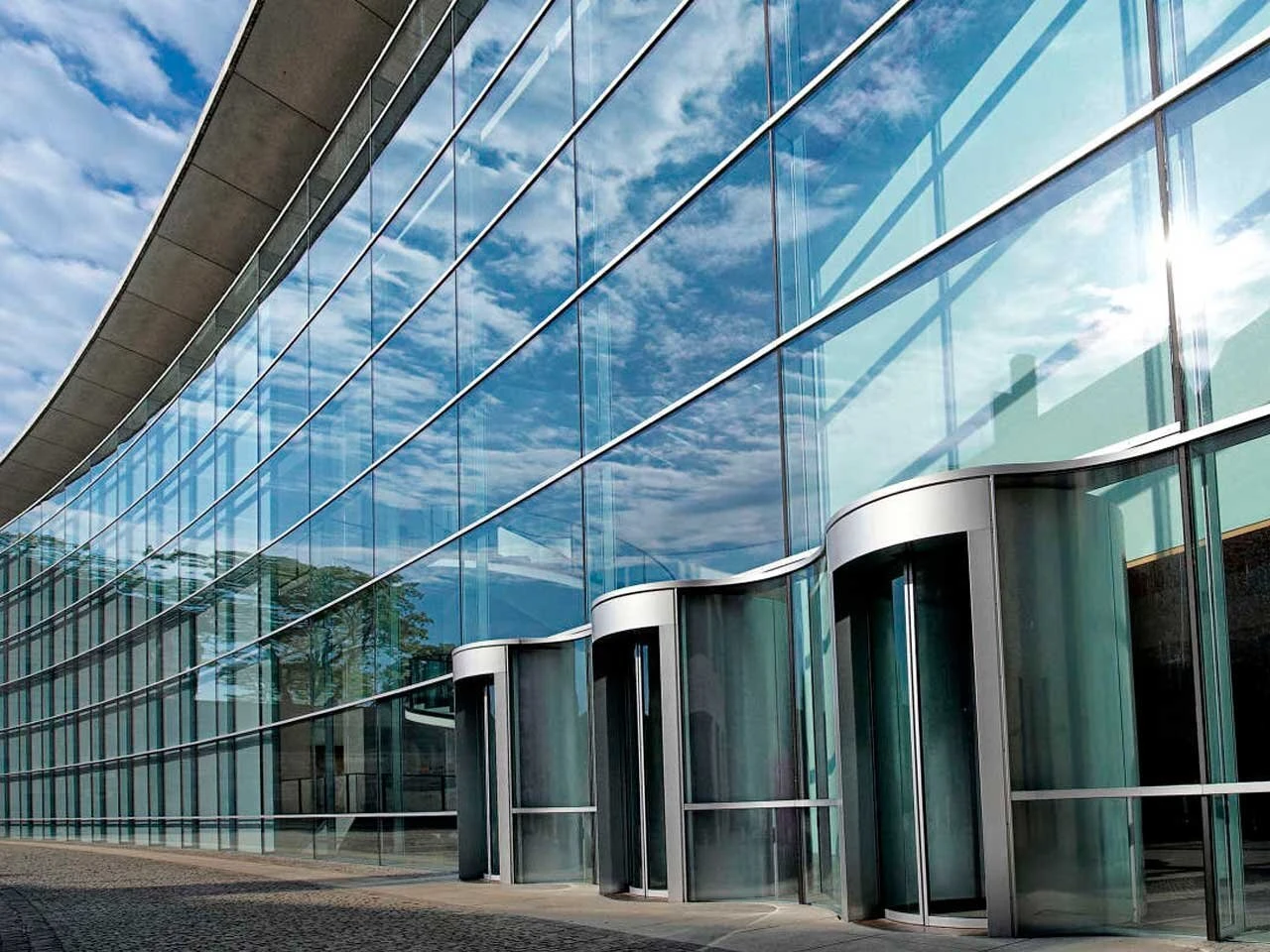

Understanding Low E-Value Glass What It Is and Why It Matters
In the world of architecture and construction, the importance of energy efficiency is becoming increasingly vital. One significant development in this area is the advent of low emissivity (Low E) glass. This innovative material plays a crucial role in enhancing energy performance, thereby benefiting both the environment and building occupants. In this article, we will explore what Low E-value glass is, its benefits, and its applications in modern architecture.
What is Low E-Value Glass?
Low E-value glass refers to glass products that have a low emissivity rating. Emissivity is a measure of a material's ability to radiate absorbed energy. The lower the emissivity value, the less heat is transferred through the glass. Low E coatings are typically applied to one side of the glass, using a microscopic layer of metallic particles that reflect infrared light while allowing visible light to pass through. This coating effectively minimizes the escape of heat during winter while keeping interior spaces cool during summer.
The Benefits of Low E-Value Glass
1. Energy Efficiency One of the primary advantages of Low E-value glass is its ability to enhance energy efficiency. By reducing the amount of heat that escapes from a building, it significantly lowers heating costs in colder climates. Conversely, during hot weather, it helps keep the building cooler, reducing air conditioning costs. The result is a more efficient energy consumption profile for buildings, which can translate to substantial financial savings over time.
2. Comfort Low E-glass contributes to improved indoor comfort by maintaining consistent temperatures within a building. It reduces cold spots and minimizes the thermal discomfort often experienced near windows. This benefit is particularly important in residential and commercial spaces where occupant comfort is a priority.
3. UV Protection Low E coatings also provide protection against harmful ultraviolet (UV) rays. These rays can cause fading of furniture, carpets, and artwork inside buildings. By blocking up to 99% of UV rays, Low E glass helps preserve the aesthetic qualities of interior spaces while protecting occupants from potential skin damage associated with UV exposure.

4. Environmental Impact The use of Low E glass is an effective way of lowering a building's overall carbon footprint. With reduced energy consumption, there is a corresponding decrease in greenhouse gas emissions produced by power plants. Buildings that utilize Low E glass contribute to environmental sustainability, promoting a healthier planet for future generations.
5. Aesthetic Versatility Low E-glass is available in various styles and tints, making it adaptable to a wide range of architectural designs. It can be incorporated into residential, commercial, and industrial buildings while retaining a modern aesthetic appeal.
Applications in Modern Architecture
Low E value glass is widely adopted in various sectors, from residential homes to commercial skyscrapers. In residential settings, homeowners are increasingly choosing Low E windows for their ability to provide comfort and energy savings. For commercial buildings, low emissivity glass is a smart investment, enhancing the energy performance credentials necessary for LEED (Leadership in Energy and Environmental Design) certification.
In addition to windows, Low E coatings can be applied to glass doors, skylights, and curtain walls, allowing designers to implement more energy-efficient systems throughout the structure. Many high-performance buildings now feature Low E glass as a core component of their sustainable design strategy, contributing to reduced energy consumption and improved occupant well-being.
Conclusion
Low E-value glass represents a significant advancement in building materials that prioritizes energy efficiency, comfort, and sustainability. As the demand for eco-friendly construction solutions grows, the popularity and use of Low E glass will likely continue to rise. Whether in designing new buildings or renovating existing spaces, incorporating Low E-value glass is an effective way to create environments that are both comfortable and energy-efficient. Understanding its benefits and applications can empower architects, builders, and homeowners to make informed choices that positively impact both their properties and the planet.